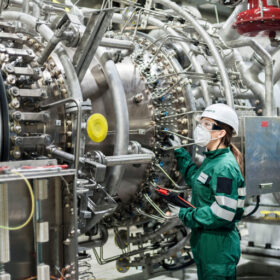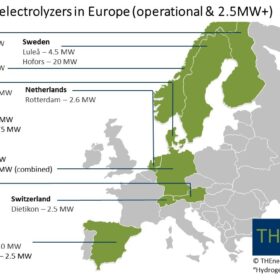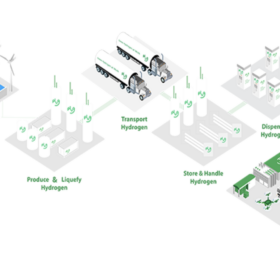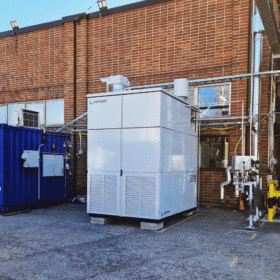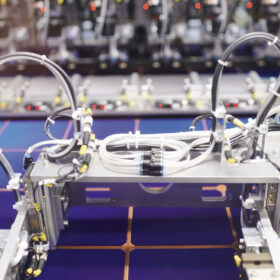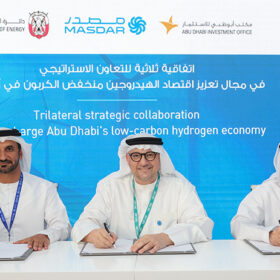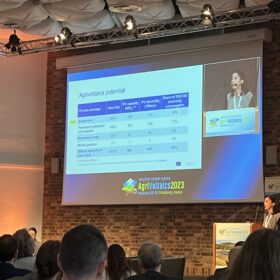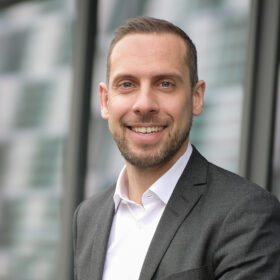The Hydrogen Stream: Strategic partnerships in transport sector
Baker Hughes has revealed plans for hydrogen projects in Europe and North America, on top of new announcements from Masdar, Air Liquide and TotalEnergies.
The Hydrogen Stream: Europe prioritizes PEM electrolysis
Several companies have announced new hydrogen deals in Europe, as Germany moves forward on hydrogen collaboration with Australia and the United Arab Emirates. pv magazine also spoke with Thomas Hillig, managing director of THEnergy, about Europe’s electrolysis capacity.
The Hydrogen Stream: H2 Green Steel gets $7 billion for production in Sweden
H2 Green Steel has secured funds to produce green steel in Sweden, while ZeroAvia has locked down support to develop a mobile liquid hydrogen (LH2) refueling truck for heavy-duty applications.
The Hydrogen Stream: Plug Power commissions 1 MW PEM electrolyzer
A number of hydrogen projects are moving forward in the United States, Germany and Denmark. In other developments, the German state of Saxony is teaming up with other partners, including the Czech Republic, to set up a hydrogen network in Eastern Europe.
The Hydrogen Stream: Consortium unveils 85%-efficient solid oxide electrolyzer
Elcogen and Convion have revealed test results for their new solid oxide electrolyzer, with an electrical efficiency above 85%. It could potentially facilitate the production of 39 kWh of electrical energy per kilogram of green hydrogen.
Weekend Read: Europe’s subsidy conundrum
On Nov. 6, the European Solar PV Industry Alliance (ESIA) published a recommendation paper in which it set out how its members envisage a European support scheme to foster the development of European solar. What chance does it have of actually achieving its goals? Götz Fischbeck delivers an assessment.
The Hydrogen Stream: Masdar signs more hydrogen deals at COP28
Masdar unveiled a 10 GW Africa Growth Plan for renewable investments in six Sub-Saharan Nations at COP28 in Dubai this week, in addition to signing four additional hydrogen deals.
Industry pushes for ‘agricentricity’ at Agrivoltaics2023
At the Agrivoltaics2023 conference in France this week, companies such as solar developers and mounting system suppliers called for a more central role for agriculture, amid ongoing legislative and commercial developments. However, uncertainties remain over the next steps European countries might take to drive such initiatives.
The Hydrogen Stream: EU to launch 2nd green hydrogen auction in spring
As the European Union launches the first pilot auction this week, it also announces it will double down in spring, while also supporting a collaboration with Brazil for the construction of a production facility to be used in Croatia.
Statkraft bets on mix of renewables for hydrogen production
Statkraft used actual production data from wind and solar farms in Spain to study the feasibility and bankability of hydrogen projects. For a 1 MW electrolyzer to achieve a 40% utilization rate, five times more solar capacity would be needed, it said.
